Child’s national costume – for free Estonia
Artefact of the month - August 2021
Rein Riitsalu, a political refugee and Estonian expatriate influencer, acquired a national costume for his 5-year-old daughter in the mid-1960s with the help of friends from Soviet Estonia. His daughter Viiu wore the costume frequently, for example during Christmas, family visits and at Linnanmäki amusement park. She also appeared in the costume on a children’s TV show with Martti and Marjatta Pokela’s musical family.
The costume was a Mustjala costume from Saaremaa. The costume included a white shirt and a wool dress and vest featuring a replica of the Mustjala adult dress colours, horizontal stripes on the skirt and decorative hooks on the vest. The neck of the dress is embroidered with the number “68”, which refers to the 50th anniversary of Estonia’s independence in 1968. Estonia first became independent from Russia on 24 February 1918.
Viiu Riitsalu wore the national costume for a few years between the ages of 5 and 7. She liked to wear it because she felt it was important to her father.
Rein Riitsalu was born in Tallinn in 1923. During World War II, like many other Estonians, he fled abroad. Estonia was incorporated into the Soviet Union in 1940, and in 1941–1944 the country was occupied by the Germans. It is estimated that around 80,000 Estonians left their homeland during the war years. They moved around the globe, mostly to the United States, Australia, Canada, the United Kingdom and Sweden. Finland was not a popular destination due to its proximity to the Soviet Union and the close relations between the countries.
Riitsalu first went to Germany and studied medicine at Heidelberg University. He moved to Finland in the mid-1950s and got married. According to his daughter, Rein Riitsalu, a fourth-generation Tallinn resident, wanted to live as close to Tallinn as possible even when living abroad.
Nikita Khrushchev’s years as First Secretary of the Communist Party (1953–1964) brought some freedoms to people’s lives and travel after Stalin’s administration. The Riitsalu family maintained contacts with Estonian friends living in Soviet Estonia and around the world. They were visited by Finnish and Estonian cultural influencers, such as writer Jaan Kross and his wife, poet and children’s writer Ellen Niit.
President Urho Kekkonen made his first informal trip to Soviet Estonia in 1964. Before the trip, Rein Riitsalu approached the President by letter and asked Kekkonen to emphasise Finland’s support for Estonians during his visit, thus increasing the will to live and national self-esteem of the demoralised people. During his trip, Kekkonen expressed a wish for direct cultural contacts between Finland and Estonia and made an initiative on starting sea traffic, which in fact started the following year.
Rein Riitsalu was granted Finnish citizenship in 1968. In the same year, he travelled to Tallinn for the first time since the war. The following year, the whole family went. Riitsalu liked to attend the Estonian Song Festival. It was one of the few occasions in Soviet Estonia where the use of national costumes was allowed. Made according to traditional designs, the costumes were symbols of national identity and a free, independent Estonia.
Rein Riitsalu died in Helsinki in 1970. He did not live to see Estonia regain its independence in August 1991. It would have been an important event for him, his daughter Viiu Riitsalu said in June 2018.
Anna-Mari Immonen
Sources:
Herkel Kyanna 2019. Merkitysanalyysi – Mustjalan kansallispuvun tarina. Helsinki.
Saarenheimo Eero 1989. Presidentti Kekkosen avaus Viroon 11.–14.3.1964. Kieliposti 4/1989. Kotimaisten kielten tutkimuskeskus: Valtion painatuskeskus.



-
2024
-
2023
-
2022
-
2021
-
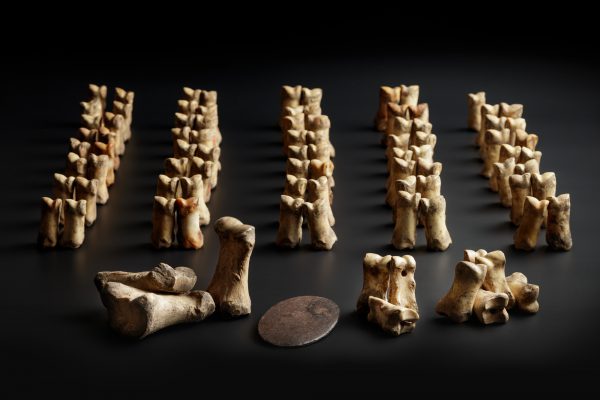 Skittle set made of bone
Skittle set made of bone
-
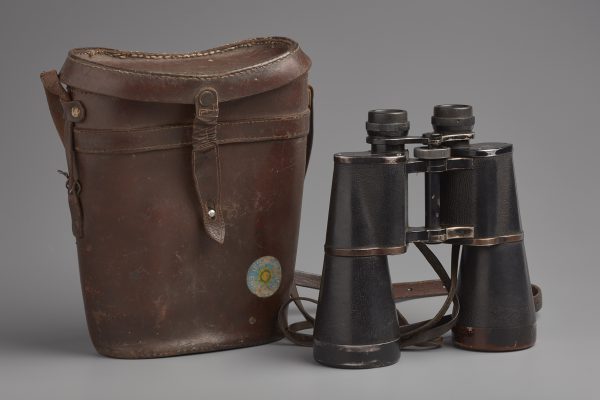 Equipment of ornithologist Pentti Linkola – binoculars and a notebook
Equipment of ornithologist Pentti Linkola – binoculars and a notebook
-
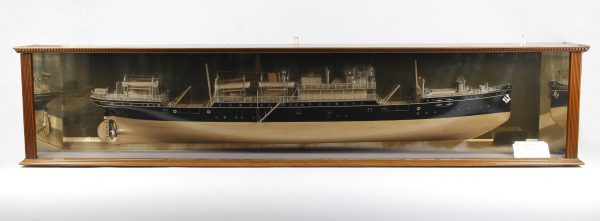 Scale model of the S/S Arcturus
Scale model of the S/S Arcturus
-
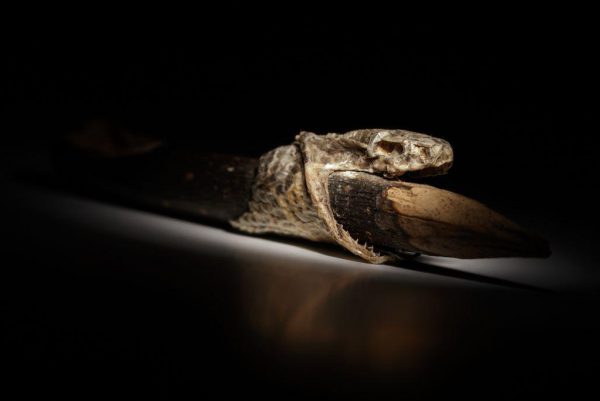 The mighty snake
The mighty snake
-
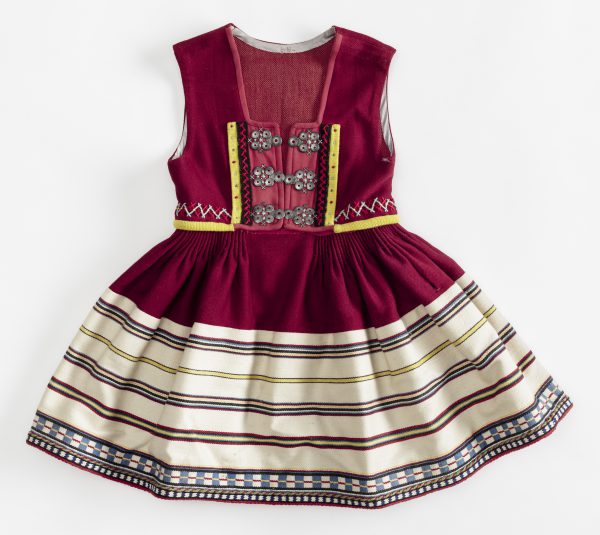 Child’s national costume – for free Estonia
Child’s national costume – for free Estonia
-
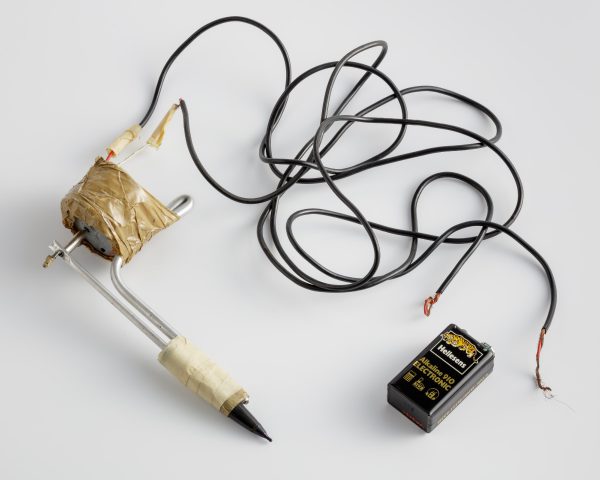 A tattoo machine
A tattoo machine
-
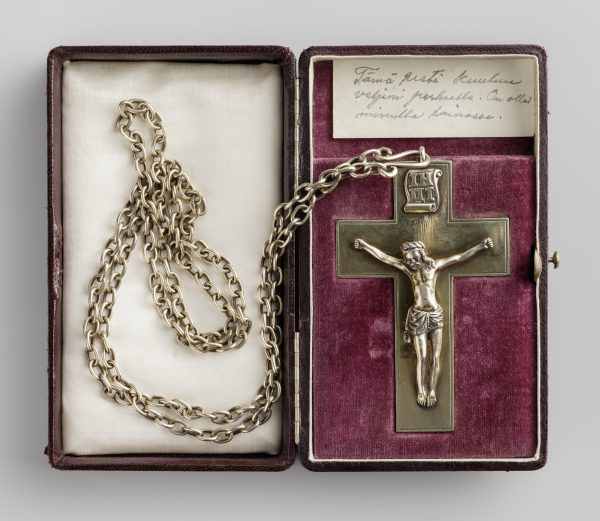 Juho Saarinen’s pectoral cross
Juho Saarinen’s pectoral cross
-
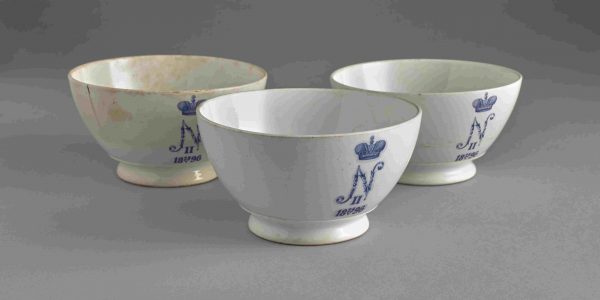 Coronation bowls
Coronation bowls
-
 A hundred years ago – flapper fashion in the 1920s
A hundred years ago – flapper fashion in the 1920s
-
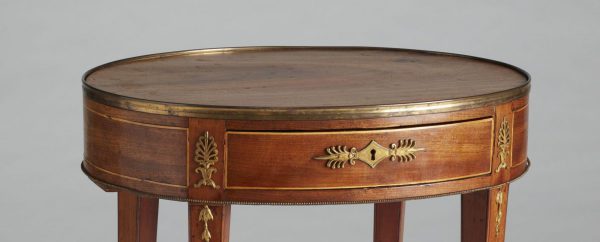 A table from The Friends of the National Museum of Finland
A table from The Friends of the National Museum of Finland
-
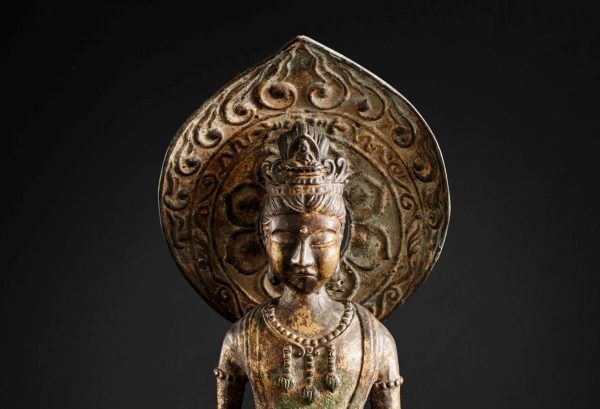 Sculpture of Bodhisattva
Sculpture of Bodhisattva
-
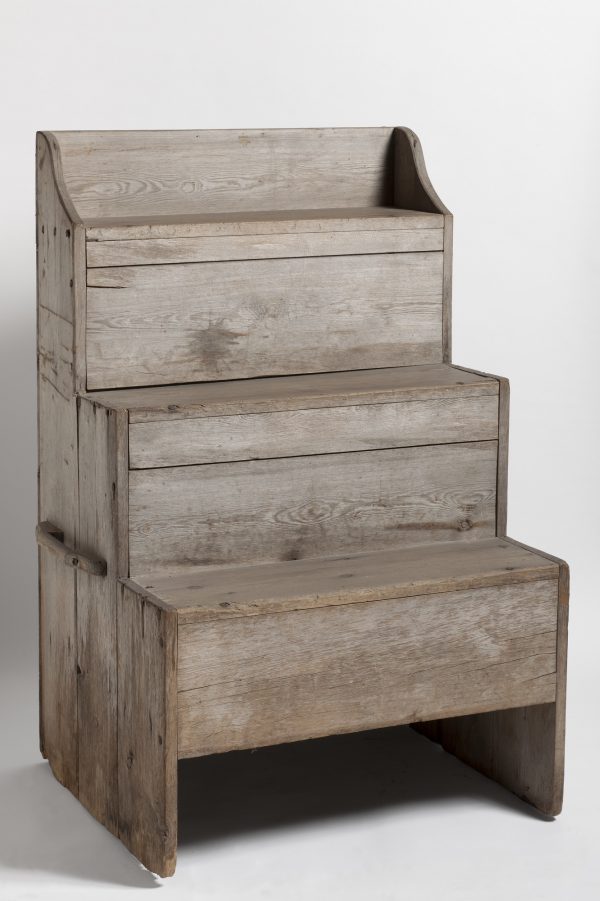 The stool of repentance from Vihanti Church
The stool of repentance from Vihanti Church
-
-
2020
-
2019
-
2018